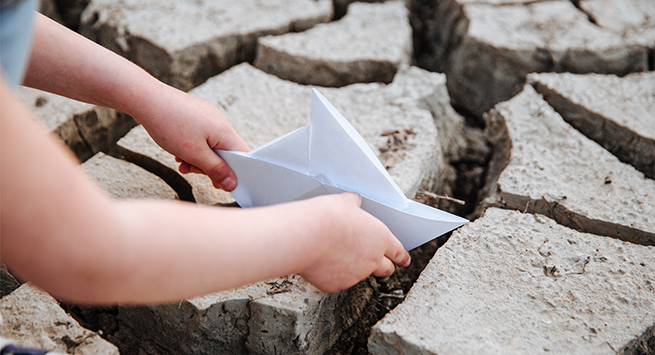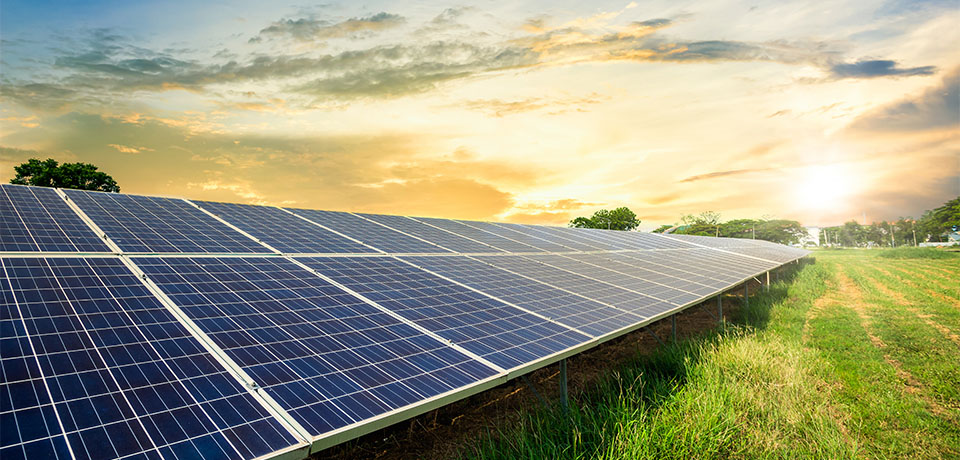Climate Resistance and Resilient Cities
- Home Page
- Blog
- Carbon Footprint
- Climate Resistance and Resilient Cities

Scientists issue new warnings every day concerning the extreme weather events that occur with the climate change. Hazards such as heat waves, sea level rise, severe storms, flooding, drought and loss of biodiversity are predicted as some of the consequences of climate change. Negative impacts that may occur on living spaces as a result of changes in the global climate; can be solved by creating resilient cities. As a result of the studies on climate resilience, it is predicted that climate change shall have less impact on developed cities.
The socio-economic and environmental effects of climate change may differ according to the development levels of the countries. The fragility levels of cities can be mentioned as a result of the climate change. The importance of physical, environmental, socio-economic and morphological (structural) features of cities is increasing. By building up cities resilient to climate change, decrease in the risks faced by human beings and reduction in greenhouse gas emissions can be expected.
Although there exist many promising initiatives to slow climate change, they are likely to fall short. It may be necessary to carry out studies to adapt to the anticipated effects. Living standards can be improved by making investments according to the impacts predicted by climate resilience. With resilient cities, the adaptation problems that will occur as a result of global warming can be eliminated and strong economic returns can be achieved. Similar measures to be taken by countries against climate change may be the best option for climate resilience.

What is a Climate Resilient City?
Climate resilient city defines the pre-planned living centers created against risks and threats that may be experienced depending on climatic, geographical and socio-economic features. Today, the vehicle-oriented structure of cities causes problems. Preferring of walking and cycling in transportation can be supported to provide climate resilience. Providing public transportation facilities with increased number of services can reduce energy consumption and environmental pollution. For this, urban utilization areas should be designed in a structure that is not very widespread.
Building of resilient cities against the problems caused by climate change can be preferred in terms of combating and adapting to adverse effects. To provide climate resilience, in the planning of cities climatic, geographical and socio-economic criteria should be taken into consideration. The same planning and strategy may not be valid for every city. Making cities resilient, especially the rapidly developing cities, may require complex planning. Benefiting equally of all the segments of the society and existence of no differences can be considered as one of the priorities while making resilience urban planning. We can list the factors that should be considered for a climate resilient city as follows:
-
Searching for new ways to develop climate resilience in cities,
-
Measurement and follow-up of social and individual resistance,
-
Integrating climate resilience into the main and development plans of the cities,
-
Providing of support and incentives to make resilience applicable in private sector plans and projects.

What Can Be Done to Build Resilient Cities?
In order to prevent the population density in the cities, a polycentric structure can be preferred. Combining of housing, shopping, culture, education and health areas can help in establishing of resilient cities. In the cities planned considering the climate resilience, by providing the balance of living and working areas; greener and more sustainable living spaces can be created where transportation habits are changed.
Transport in short distances can be maintained by walking and cycling. New roads can be planned with the understanding of slow streets where pedestrians and bicycles are at the forefront. Designs that provide spatial planning where pedestrian and bicycle infrastructures are combined with green areas, which are described as Green block in English, can be preferred in terms of climate resistance.
With the global pandemic, the approach, the concept of livable neighborhoods in the world has come to the fore recently. Livable neighborhoods can guide people in designing and developing of living spaces. Neighborhoods consisting of low-rise buildings and where consumptions are provided from local businesses can be created. Living spaces integrated with green are one of the most important principles of climate resilience, with its sustainable and climate change-delaying structure.
Preferring of a sustainable approach in the design phase of the residences and other buildings can help with climate resilience. Infrastructures using renewable energy sources can become an indispensable part of resilient urban designs. Urban transformation projects can be redesigned according to the principles of resilience, taking into account the geographical and socio-economic features.
Re-establishing of the neighborhood structure that has been abandoned in the recent years can be chosen as the first step in our country, for the establishment of climate resilience. By seriously addressing the issue of sustainability, important problems such as food, energy, living and working in resilient cities can be solved in an innovative and climate change compatible manner. The climate action plans to be prepared by the local governments can play an important role in creating resilient cities. What should be included in the climate action plan can be listed as follows:
- Increasing of support and incentives for the use of renewable energy sources and for energy efficiency,
- In transportation, giving priority to pedestrians and to the use of bicycles; thus, changing the car-oriented structure of the cities,
- Creating of new green areas where we can breathe by protecting and increasing the green areas and forest lands in the cities,
- By a sustainable and environmentally friendly solid waste management, prevention of air, water and soil pollution that occur.
In Conclusion
Although a carbon-free energy infrastructure cannot be fully achieved today, systems that provide the least possible carbon emission can be selected. By examining the energy generation infrastructures, companies that produce with renewable energy sources can be preferred. It can be said that living spaces created in accordance with the principles of climate resilience shall also have positive effects on the quality of human life. Environmental and air pollution can be reduced by using renewable energy sources. Resilient cities designed by taking climate resilience at the forefront can slow down the climate change. In the fight against the climate change, individual contributions will help the steps taken at the management level. With the change in the lifestyles of the individuals, social consciousness may increase. As cities are a part of the problem regarding the climate change, they can also contribute to the solution by provision of climate resilience.
 Insolation Time and Solar Energy Efficiency
Insolation Time and Solar Energy Efficiency  What is Solar Energy? How is Electricity Generated From Solar Energy?
What is Solar Energy? How is Electricity Generated From Solar Energy?  Renewable Energy Sources - Advantages of Renewable Energy Generation and Use
Renewable Energy Sources - Advantages of Renewable Energy Generation and Use  Geothermal Energy Potential of Turkey and its Sustainability
Geothermal Energy Potential of Turkey and its Sustainability